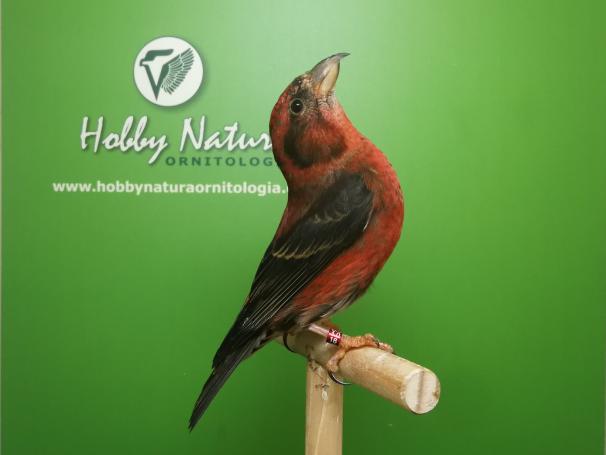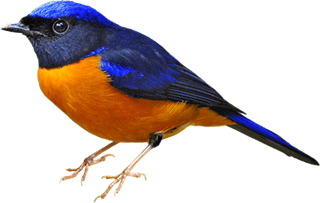Himalayan Red Crossbill - Loxia curvirostra himalayensis
The Himalayan Red Crossbill is the smallest of the "Loxia curvirostra". As for their sexual disformism, there are different thoughts. The texts show that the male is red and the female green, although some believe that a safer way when talking about captive breeding animals is that of the color in the under beak or throat. In the case of the male the color of the chest must come to touch the beak while in the female it fades into white, and the part of the throat is just white. The fact remains that these colors in nature are very accentuated for their feeding while in the aviary it is sometimes more difficult to reach it due to lack of sun.
Habitat and Breeding: widespread in Hymalaia, Burma, northern India and China. Cruises, like all other birds where the colors are the masters, must be raised in accommodation well lit by natural light. Important to note that this beautiful bird reproduces in nature since January, despite the very low temperatures and snow.
Feeding: the preferred seed in nature is the pine nut, which with the curved beak manages to pull out of the cones with great ease and skill, also do not disdain even berries and green pine cones. For our breeding pairs we can find excellent blends in comme
Habitat and Breeding: widespread in Hymalaia, Burma, northern India and China. Cruises, like all other birds where the colors are the masters, must be raised in accommodation well lit by natural light. Important to note that this beautiful bird reproduces in nature since January, despite the very low temperatures and snow.
Feeding: the preferred seed in nature is the pine nut, which with the curved beak manages to pull out of the cones with great ease and skill, also do not disdain even berries and green pine cones. For our breeding pairs we can find excellent blends in comme
available birds


might also be of interest









































